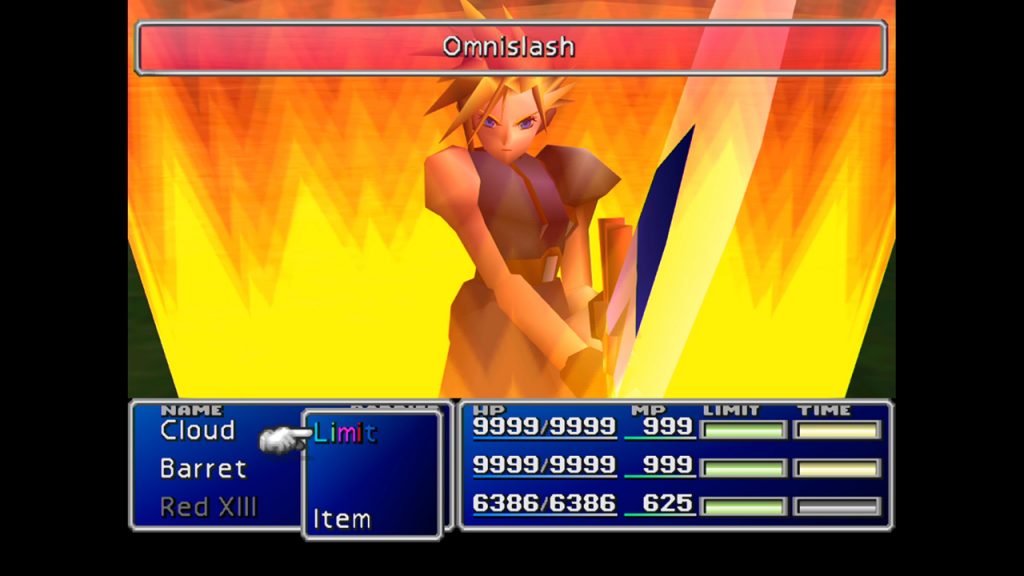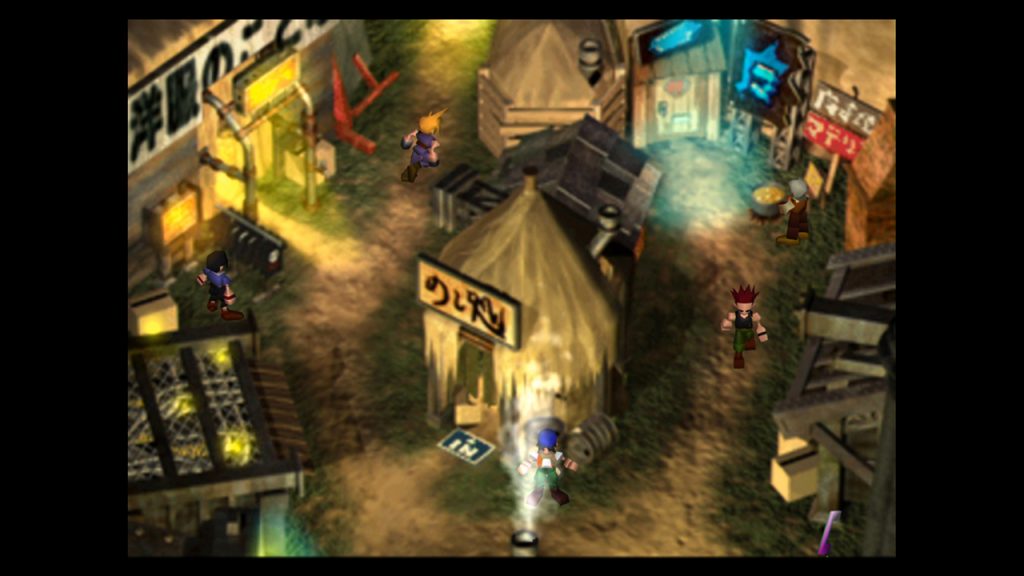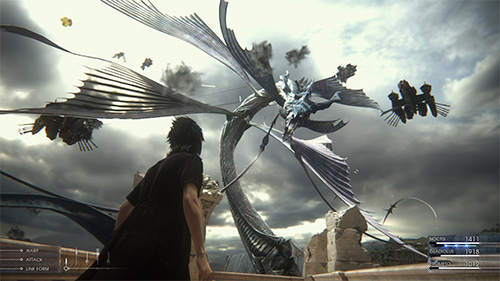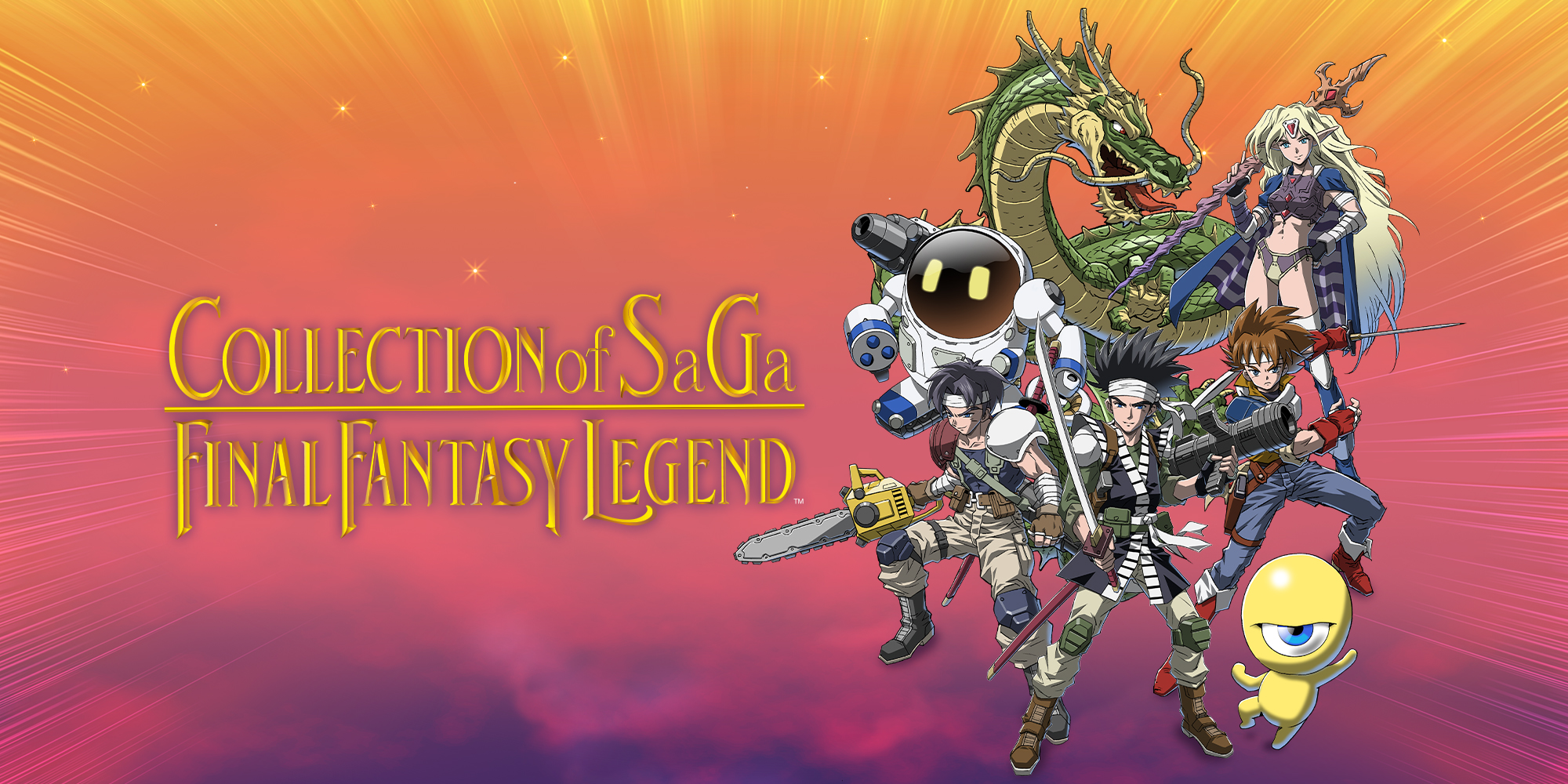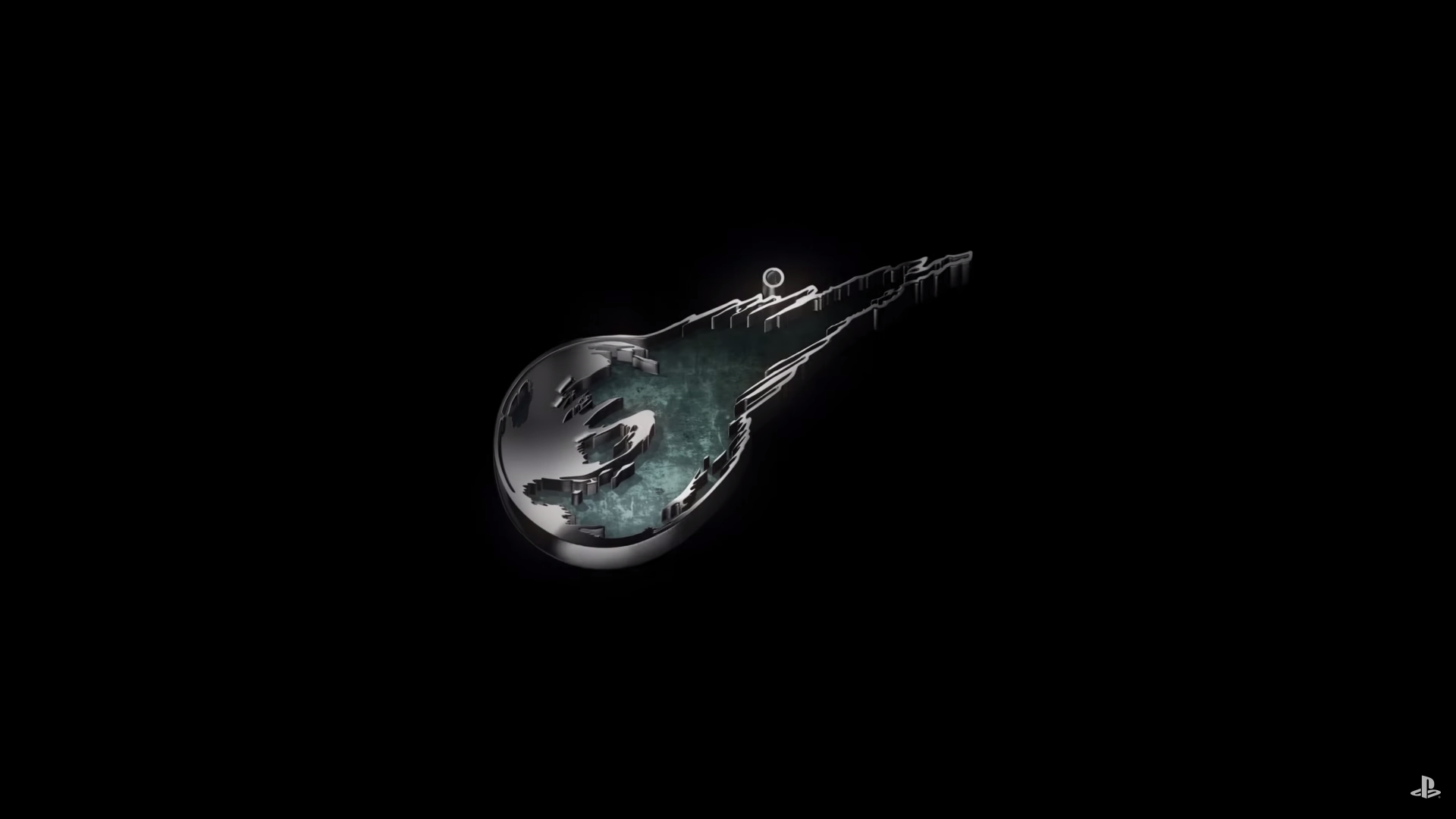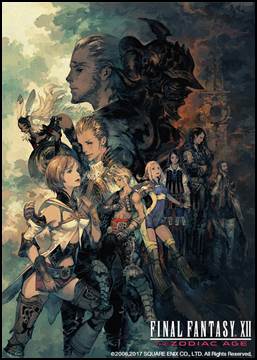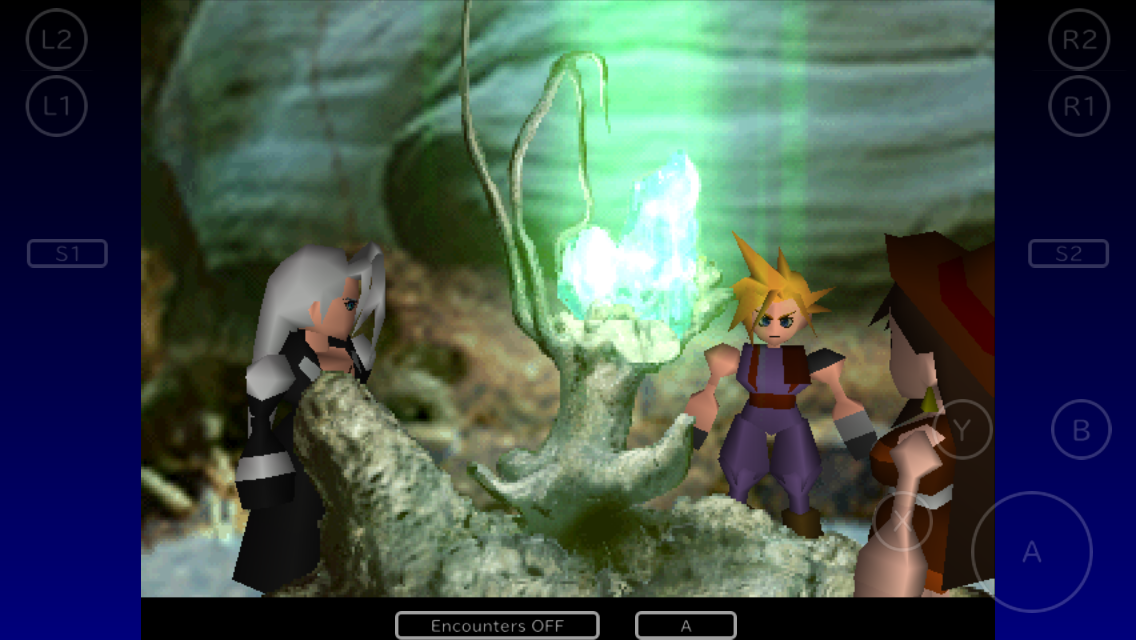
Square-Enix’s chain of Final Fantasy releases on the Nintendo Switch continues with Final Fantasy VII landing on the console. Originally released in 1997 (and one of my very first PlayStation games), FFVII was nearly-universally praised and now is commonly recognized as one of the best examples of the RPG genre, along with its predecessor Final Fantasy VI on the Super Nintendo. However, FFVII was the first 3D-entry for the series, and one of the first 3D games with a truly epic scope and cinematic presentation that propelled the popularity of the series to unseen levels. Returning to the game 22 years later, it’s still easy to see why.
Final Fantasy VII tells the tale of Cloud Strife, a mercenary who arrives in the cyberpunk city of Midgar and is hired to help an eco-terrorist group destroy the city’s power reactors. These ‘Mako’ reactors draw energy from beneath the world’s surface, which is slowly but surely killing the Planet, even if the Shinra Electric Power Company’s executives couldn’t care less in the pursuit of profit. However, both our heroes and corporate villains become caught in a much larger struggle, as a legendary soldier named Sephiroth re-appears, murdering Shinra’s president and setting both sides on a mad scramble to stop his scheme to take over the world.
The story is as wacky as any Final Fantasy plot tends to be, but it’s filled with memorable characters, both in your own party and out in the world. There are countless moments that have entered the medium’s collective consciousness, from the bombing mission introduction, to Sephiroth’s meltdown in Nibelheim and Aeris’ tragic fate. The translation retains some oddities, and there are moments rooted in 90’s standards that haven’t aged well, like a trip to Don Corneo’s sex dungeon, but the story as a whole remains an exciting romp, with a deeper meaning that’s open to interpretation. Beyond the main storyline, there’s also so much detail packed away into every corner of FFVII’s planet that it’s hard to see how the ever-approaching remake will ever be able to faithfully reproduce all of it.
FFVII‘s planet is home to a lot of unique and visually interesting places, all of which you’ll want to explore fully and return to as the world evolves over the course of the story. Places like the spiritual Cosmo Canyon, casino-styled Golden Saucer, Asian-inspired Wutai or the military town of Junon all remain iconic to today, and are filled with things to do and areas to explore. Beyond the main RPG gameplay, there’s a host of mini-games included in many of these locations including snowboarding, a Road Rash style motorcycle game and even a basic RTS. None of these mini-games are very deep, or even control very well by today’s standards, but are fun little extras on top of the meat of the larger adventure.
As an RPG, FFVII is most memorable for its Materia system, which allows Cloud and his friends to collect balls of crystallised magic throughout their adventure. These can then be slotted into the weapon or armor they have equipped, with each bit of equipment having its own number of slots or variation on how it affects the Materia. For instance, a weapon may have two linked slots, allowing you to combine ‘Fire’ Materia with an ‘All’ Materia, creating a spell that can be cast on all enemies rather than just one. There’s a lot of depth to the system, as well as each character having their own super powerful ‘Limit Breaks’ that trigger after they’ve taken enough punishment, with several levels becoming unlocked as you progress.
Combat is played out in a turn-based ‘Active Time Battle’ system, where heroes and enemies take turns attacking or healing, which was fairly traditional even at the time. What stands out are the at-times extravagant animations which accompany these attacks, such as the lengthy Summon spells where monsters fire energy from space, or the spectacular Limit Breaks that are supremely satisfying to witness as they shatter enemy’s health.
A large part of the appeal of Final Fantasy VII at the time of its release was its presentation, and while it has aged by today’s standards, its creativity still makes it a pleasure to play. Epic-scale FMV cutscenes look low-poly today, but still convey the game’s biggest moments with drama and emotion. There’s a reason why orchestral renditions of Nobuo Uematsu’s score still attract flocks of fans to this day, with standout themes for the world, Tifa, Aeris and Sephiroth that are forever memorable.
Final Fantasy VII’s main exploration was presented back in the day as pre-rendered 3D backdrops, with chibi-style 3D models dropped on top of them, except on the world map or in battles and mini-games when the game switches to full 3D. The jump to Switch does mean an increase in resolution, but while 3D models are sharper, the same cannot be said for backdrops, which appear blurry and exactly as what they are – upscaled images. In handheld mode, it’s less of an issue as it is in docked mode, but it’s still not quite the remastered experience you might have hoped for, given the game’s stature. The most you’ll get in the way of extras are an admittedly helpful trio of modifiers for gameplay – a 3X speed button that makes the game much more palatable for people who’ve played FFVII inside and out; a No-Encounters button that switches off random enemy battles, and a Max Stats option that will essentially help you win any fight. The last two are more cheats than something you’d want to use when playing the game properly, but they’re still appreciated for newcomers who just want to experience the game’s story.
There are a couple of annoying bugs introduced in this re-release that are unfortunate, including a problem familiar to these ports with audio, where the world map theme resets after every fight, as well as a weird black flashing frame after every FMV cutscene as it transitions back to gameplay (originally these were seamless). They diminish some of the neat fluidity the original game had, but aren’t deal breakers.
Final Fantasy VII is still one of the best games of all time, and on Switch nothing has really changed. You could argue such a revered game deserves more, but look how long the official Remake is taking and just be glad we’re getting a higher-resolution port of the game within our lifetimes. Some small bugs detract from the smoothness of the experience, and some aspects of the game have changed. However, there’s something undeniably magical about playing Final Fantasy VII , even to this day, and being able to play it wherever you are on Switch is a pretty sweet bonus on top.
- One of the best RPGs of all time - Triple speed is a great feature for repeat playthroughs - No encounters and max stats features are useful for newcomers
- Some minor bugs

